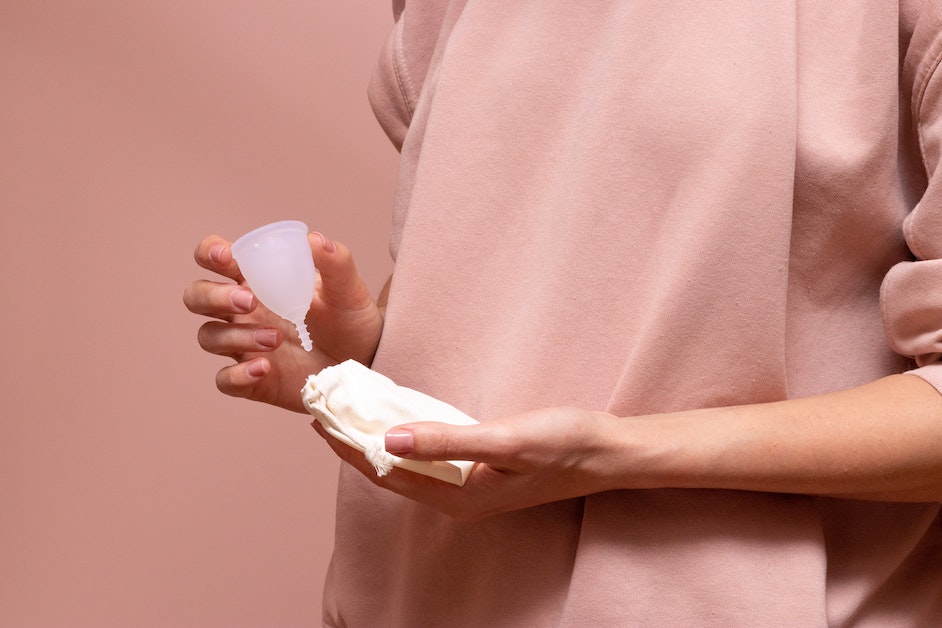Blood
Period products haven’t been tested with real blood — until now. Here’s why it matters
In menstrual product advertisements, companies often use a light blue liquid as a more “sanitized” stand-in for blood, to demonstrate the absorbency of their products.
It turns out most companies use a similar stand-in for menstrual product testing: saline solution.
At the direction of the FDA in the 1980s, companies turned their focus to creating menstrual products with a range of absorbencies, “so somebody can pick the least absorbent product that they need to manage their period, and hopefully, that will reduce the risk of toxic shock,” a rare but potentially deadly illness, brought about by bacterial infection and linked to the use of super-absorbent tampons, explained Dr. Bethany Samuelson Bannow, an associate professor of medicine at Oregon Health and Science University.
“[Companies’] goal isn’t really to tell you how many milliliters of blood you lost. Their goal is to get you through your day without having a leak,” Samuelson Bannow added.
She, however, is interested in how much blood someone loses in their cycle, which can have serious health implications. That’s why she led the first-ever study of period products using real blood instead of saline solution.
The recently-published study will help doctors better gauge when a patient may have heavy menstrual bleeding, excessive menstrual bleeding that interferes with a person’s social, emotional, physical, or material quality of life.
Samuelson Bannow said heavy menstrual bleeding is usually classified as having around 80 milliliters of blood loss per cycle.
“We try to approximate that by asking patients how often they change their menstrual hygiene products,” she said.
The research also offers doctors a better approximation of how much blood someone is losing during their menstrual cycle based on the types of products they use. Some of the period products examined in the study were more accurate at approximating their saturation point than others, Samuelson Bannow added.
Menstrual cups were extremely accurate.
Period underwear absorbed much more saline solution than blood.
Tampons typically absorbed more blood than the reported capacity on their boxes.
So, where did all the blood used for this research come from? Samuelson Bannow said she has access that most period product manufacturers do not.
“Working in a large university medical center like I do, we have a very well stocked blood supply and we have to keep rare blood types on hand. And occasionally they expire without being used, so we were able to use some expired units of blood,” she explained.
Samuelson Bannow’s study has generated significant interest. She said that the fact this research has garnered so much attention shows that people are hungry for this information.
“We treat menstruation like it’s some sort of shameful or taboo or immoral process,” she said.
This cultural aversion to discussing menstruation “affects how many people are getting diagnosed because people aren’t comfortable talking about it, and they don’t know what’s normal or not normal,” Samuelson Bannow added.

